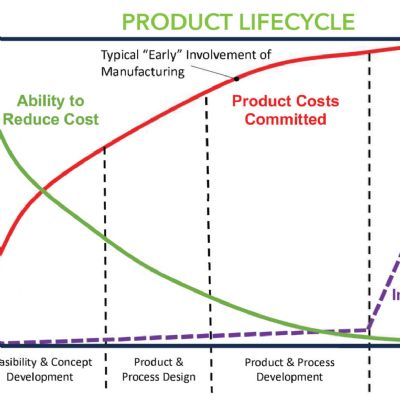 Debbie McGrath
Debbie McGrathHow to Prepare Your Office for Bad Weather
March 1, 2015Comments
Posted to HR.com by Bill Copeland, vice president, marketing, MassPay
As winter sets in across most of the country, the weather outside is not so delightful. Blizzards, as well as flooding and hurricanes, can wreak havoc with business operations and commuting employees. Planning ahead and documenting your policies and procedures in an employee handbook helps you focus on safety and make things a lot smoother when these events happen.
How to Prepare Your Office for Bad Weather
Businesses should examine their inclement-weather verbiage in the employee handbook to ensure that employees understand the company’s policies for these events and what is expected of them when these situations arise.
Issues that the employee handbook needs to address include:
• Conditions that will close the business
• Procedures for determining closure
• Communicating closure, partial closure and delayed opening to employees
• Determining essential personnel and their responsibilities
• Telecommuting and other options
• Pay policy (for hourly employees)
• Absence policy
These items need to be defined in the employee handbook for both pre-events (i.e., forecasted blizzard), as well as procedures during an event when employees are sent home.
Determine When the Business Will Close
First and foremost should be concern for employee safety. Recognize that much of your workforce may not live close to the office, so driving/road conditions are a major consideration. Many businesses look to the state or federal government to help them determine if they will close or not. For example, if a governor asks people to stay home and stay off the roads, then businesses need to seriously consider closing as well. During a storm, it will be important to continually monitor winds, snow depths, road conditions, temperature and other factors to determine if an early closing is in order.
Define How Closures Will be Communicated
In today’s digital world, communicating with employees is easier than ever. You can post the closure on your company website or send text messages to employees. Some companies use an automated calling system to communicate the company’s plans and expectations before and during an event. Employees should know where to seek out updates, such as the website, or a dedicated emergency line.
Ensure that your webmaster can access and update your website as needed. If you use an outside agency/company, then seek out other methods to keep employees informed (staff an emergency line, for example).
Establish your chain of command and have supervisors and managers contact their direct reports with this information. Many companies have an employee directory readily available (online or printed) to help with these efforts. The HR department should ensure that employee information (home address, home phone and mobile phone) are up to date. Encourage employees to verify their personal data.







 Podcast
Podcast
 Webinar
Webinar